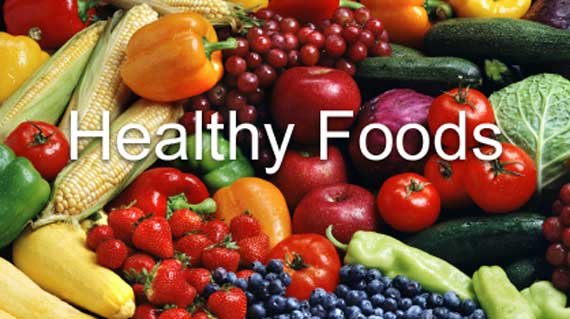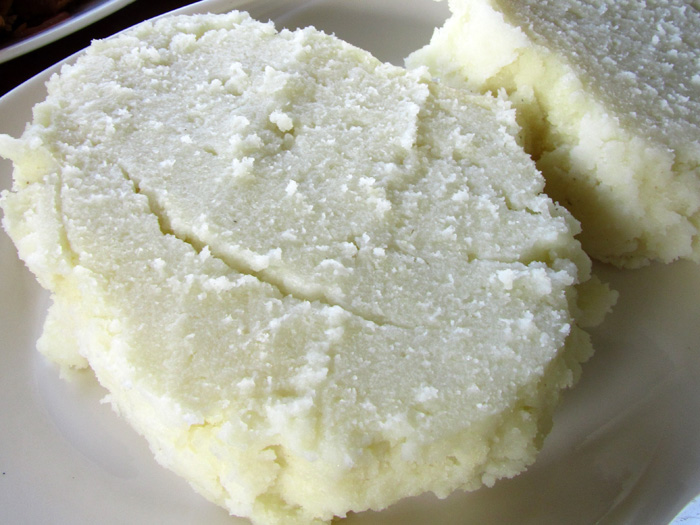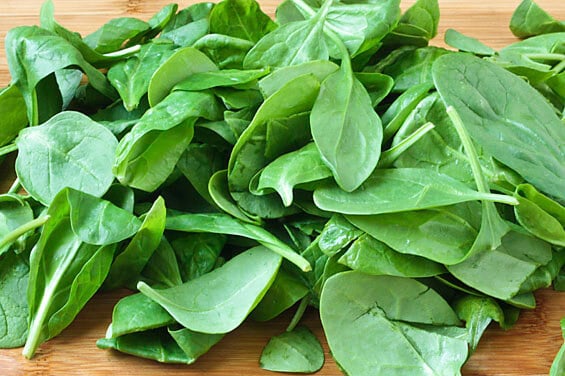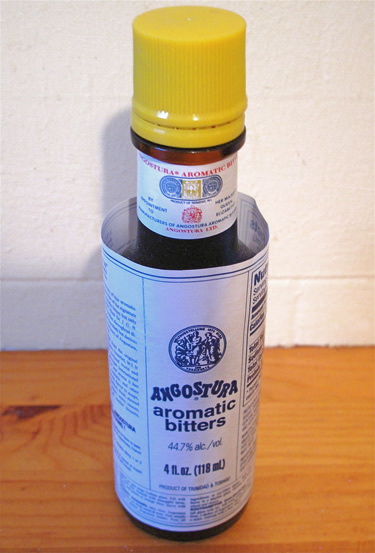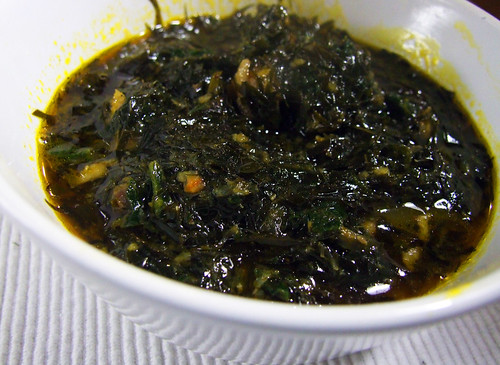 Doro Wat with Quick Injera is a meal in Ethiopia with a memorable experience. When you have dinner in an Ethiopian home or restaurant, you eat the tablecloth! :-) , the meal is always dressed , dishes are served on a large platter covered with Injera, Ethiopian sourdough crepes. Then more Injera is served on the side. The Injera is tangy and pliable, and is used instead of utensils to pick up the rest of the food. i don't know how to make it tho! but i love the experience when i had the dish and i felt i should share!
Doro Wat with Quick Injera is a meal in Ethiopia with a memorable experience. When you have dinner in an Ethiopian home or restaurant, you eat the tablecloth! :-) , the meal is always dressed , dishes are served on a large platter covered with Injera, Ethiopian sourdough crepes. Then more Injera is served on the side. The Injera is tangy and pliable, and is used instead of utensils to pick up the rest of the food. i don't know how to make it tho! but i love the experience when i had the dish and i felt i should share!The experience alone make me feel satisfied and i decided to find the recipes
Ingredient (culled from Here)
For the Doro Wat:
3 lbs. boneless chicken, breasts and thighs, cut into 1 inch cubes
2 large onions, chopped
4 cloves garlic, minced
2 sticks (1 cup) butter
1 cup red wine
2 cups water
2 tsp. salt
1 tsp. ground cardamom
2 Tb. garam masala
1/3 cup hot smoked paprika
1 Tb. crushed red pepper
2 tsp. fenugreek seeds
1 Tb. dried thyme
3 Tb. tomato paste
1 Tb. sugar
1 lime, juiced
For the Injera Recipe:
3 cups all purpose flour
1 cup buckwheat flour
2 Tb. baking soda
1 tsp. salt
4 cups club soda
1 cup white or rice vinegar
Oil for pan
Directions:
For the Doro Wat: Place all the ingredients, minus the lime juice, in a slow cooker and cover. Cook for 4-6 hours--depending on your slow cooker settings--until the chicken is tender. Then mash the chicken to shreds with a potato masher (or the bottom of a ladle.) Stir in the lime juice and keep warm.
For the Injera Recipe: In a large bowl, mix both flours, salt and baking soda together. Whisk in the club soda until smooth. Then add the vinegar and whisk.
Heat a large skillet over medium heat. Pour oil on a paper towel and wipe the skillet with the oiled paper towel.
Using a scoop, pour batter into the skillet creating a 6 inch circle. Carefully swirl the pan around to thin out the batter until it measures 8-9 inches across.
Cook for 1 minute, then using a large spatula, flip the Injera over and cook another minute. Remove from the skillet and stack on a plate.
Repeat with remaining batter. The Injera will seem slightly crisp in the pan, but will soften immediately when placed on the plate.
Once finished cooking the Injera. Cut the circles in half with a pizza cutter, roll into tubes and stack. Keep warm until ready to serve.
Serve the Doro Wat and Injera together, tearing piece of Injera and using it to pick up the Doro Wat.







